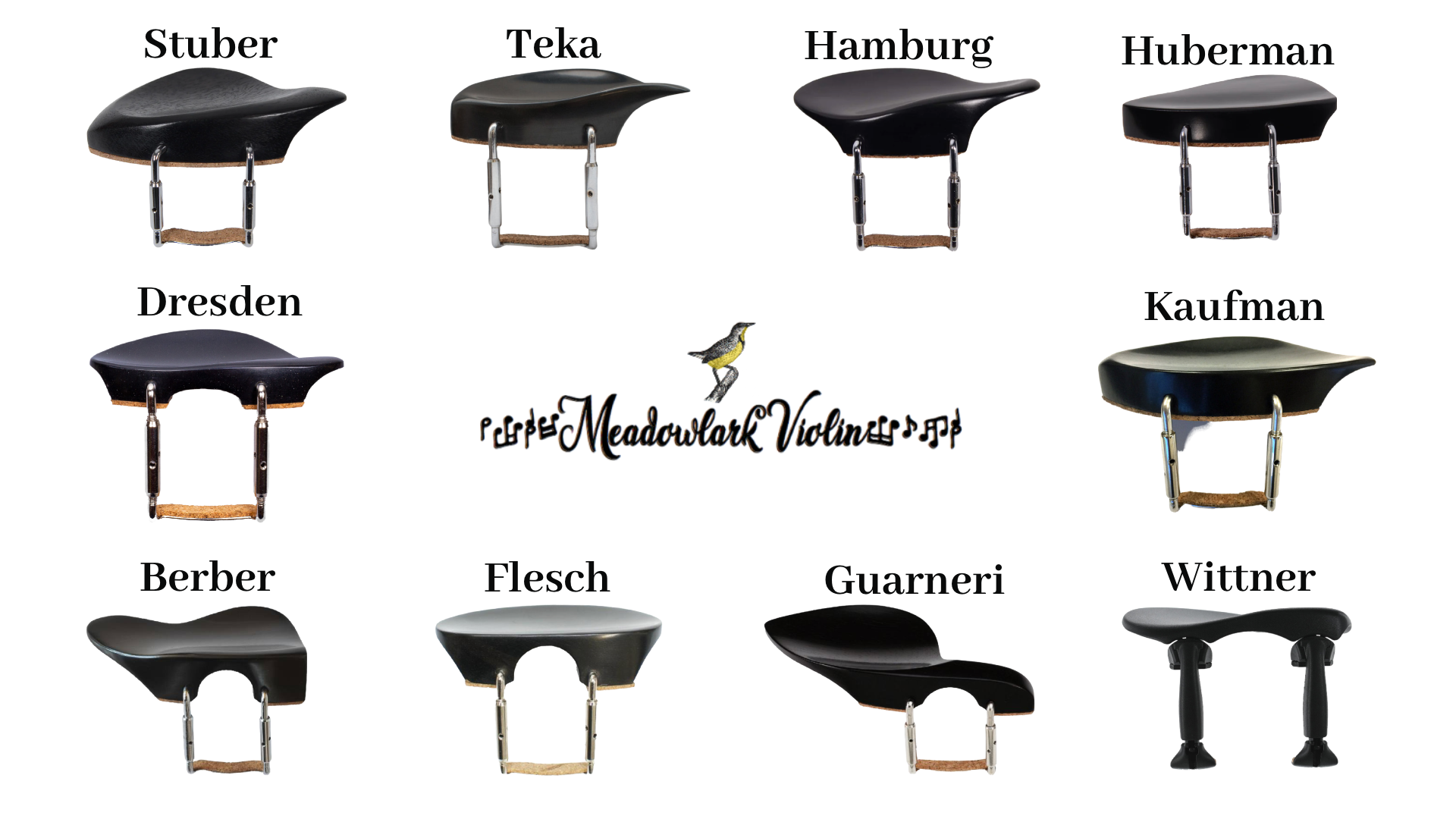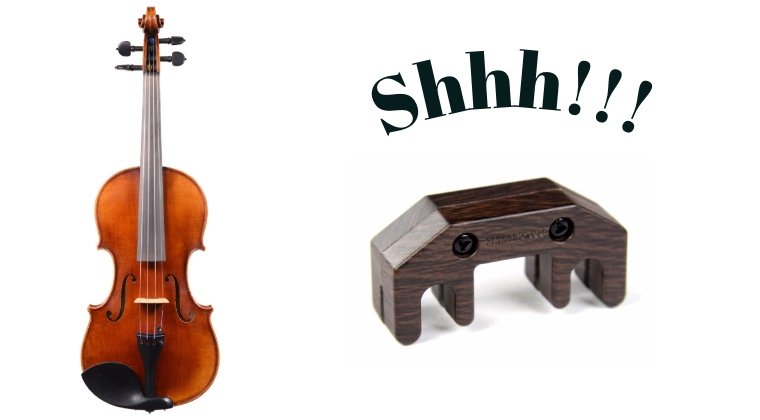The Importance of Tetrachords on the Violin
/Tetrachords: a fancy name for a four note scale. These simple little scales can do wonders for your violin technique. They are great warm-ups and if you find yourself strapped for time, I would skip the scales and focus on tetrachords. Tetrachords are particularly useful on the violin because you can use each left hand finger (1-4) to play a tetrachord without changing strings. Tetrachords aren’t terribly difficult, but they offer a great way to incorporate all the basic elements of violin technique. And you change them up for endless possibilities, different finger patterns, different bowings, but we’ll get to all that in a bit.
Why are tetrachords so important for the violin?
Tetrachords can greatly improve your intonation and finger dexterity. I once asked a veteran violin teacher what the best exercise for intonation was and she quickly responded, “TETRACHORDS!”
When playing a tetrachord I start on the open string and then place 1st finger, 2nd finger, 3rd finger, and 4th finger respectively. Then go back down, 4-3-2-1. This is actually framing your basic hand position for the violin. Everything you play on the violin generally happens in the confines of the tetrachord framework from 1st finger to 4th finger. Sure, occasionally you will have a “low 1st finger” or a “high 4th finger.” Both of those involve stretches outside of this basic tetrachord hand shape, but most of the time your hand stays in this standard distance from 1st finger to 4th finger (the interval of a perfect fourth).
Practicing tetrachords solidifies muscle memory and the more you practice them, the quicker your fingers will be able to move, which means better intonation!
How to Practice Tetrachords
Repetition. That’s the key to tetrachord practice. It’s the repletion that reinforces muscle memory and ear training—two of the most important components of playing in tune. While it’s great to play tetrachords and tetrachord exercises over and over again, don’t give in to mindless repetition. Here are the things you want to keep in mind as you are playing these exercises.
If you want the best warm-up exercises for better intonation, my course, Everyday Exercises will show teach you some great exercises based on tetrachords that will transform your left hand and help you get the intonation you’ve always wanted! The course is part of my Online Studio Membership. Learn more here.
What to Think About When Doing Tetrachords
Don’t try to think about all of these things at once when playing tetrachords. The beauty of tetrachord exercises is that they are short, so each time you repeat the tetrachord, you can either think of something different to work on, or you can focus on one aspect of your technique.
Train your ear. Don’t just play through the notes. Listen carefully to each pitch. Try to determine if you placed your finger too high, too low, or just right. When you repeat the exercises, try to fix the problem you had in the pervious go.
Straight wrist. Repetition gives you a chance to ensure your left hand wrist is straight. If your wrist is straight, you will be able to play quickly with great dexterity. If your wrist is flat like a pancake, forget about it and just accept that everything you play will be slow, sloppy, and probably painful.
KFD: (Keep Fingers Down) As much as you can on the violin, you want to keep fingers down until you absolutely have to move them. When you put down 1st finger, keep it down and add 2nd finger, keep 1st finger and 2nd finger down as you add 3rd finger, etc. Then when you get to 4th finger and are about to go back down, all you have to worry about is peeling off each finger—the correct note is already there! Lifting up fingers creates unnecessary movements which will slow you down.
Play on the tips of your fingers—for better clarity and dexterity.
When you do lift fingers, don’t flick them up. Just lift them far enough so they aren’t touching the string. Let them hover over the string. The further they are from the fingerboard, the longer they are going to have to travel to get back to the fingerboard and more movement = slow and sloppy.
Use light finger pressure. You really don’t have to press very hard to get a clean sound. Practice pressing down with only the bare amount of pressure. I can’t tell you how important this concept is. If you are playing with a death grip, your fingers will once again, never be able to move quickly. Tense fingers = slow and sloppy. Practice being relaxed as possible with your left hand and your left thumb, you’ll be happy you did once you start learning vibrato!
Prepare for 4th finger. Before you even put 4th finger down, start stretching for it or adjust your thumb so your thumb is more across from the 4th finger. Make sure you aren’t tucking your 4th finger underneath the neck when you aren’t using it, this will slow you down.
Tetrachord Exercises
Here are my favorite tetrachord exercises. The first one is a basic tetrachord exercise. While everything is on the D string, you can practice these exercises on all strings using the same fingerings. Always use 4th finger for the top note instead of an open string. Repeat each grouping until it sounds clean and crisp.
You can also practice tetrachord “arpeggios.” Now you are practicing skipping notes going from an open string to 2nd finger to 4th finger then back down. If you want an extra challenge, you can also practice this exercise with a “low” 2nd finger.
Adding in bowings and rhythms allows you to perfect your bowing technique with an easy finger pattern. Like all tetrachord exercises, practice these in all parts of the bow: upper half, middle, and lower half.
Download the Basic Tetrachord exercise, Tetrachord “Arpeggios", or Tetrachords with Advanced Bowings and Rhythms.
Now you’e ready for an advanced tetrachord exercise. It starts off with the traditional finger pattern where 2nd and 3rd fingers are half steps apart. Each line is a different string but the finger patterns are the same for every string. Notice the repeat signs? Repeat every two measures several times until you are comfortable and then move on to the next two measures.
Download the advanced tetrachord exercise here.
Once you have the advanced tetrachord exercise under control, move on to different finger patterns. Next do “minor” tetrachords with a “low” 2 where the 1st and 2nd fingers are half steps apart. (If all those low 2s and high 2s are confusing you, you aren’t alone. It’s a quick way to describe a crucial music theory concept. If you want to know the real reason why we have “lows” and “highs,” read about the basics of key signatures and scales).
Download the Minor Tetrachord exercises here.
As you progress in your technique, you’re going to start playing in different key signatures—that’s going to mean a lot of going back and forth between “low” 2s and “high” 2s. Generally, everyone tries to split the difference and play “narps,” something that is not quite a natural and not quite a sharp. So make sure when your 2s are high, they are right next to 3rd finger and when they are low they are right next to 1st finger. Use this tetrachord exercises to help you switch back and forth between high 2 and low 2 quickly. It’s the same exercise as before, now you are just combining the basic tetrachord exercise with the minor tetrachord exercise.
Download the low 2 vs. high 2 tetrachord exercise here.
Once you’re ready for more of a challenge, start adding in rhythms, slurs, and bowing variations. There’s really no limit to what you can learn from tetrachords!
Happy Practicing!























